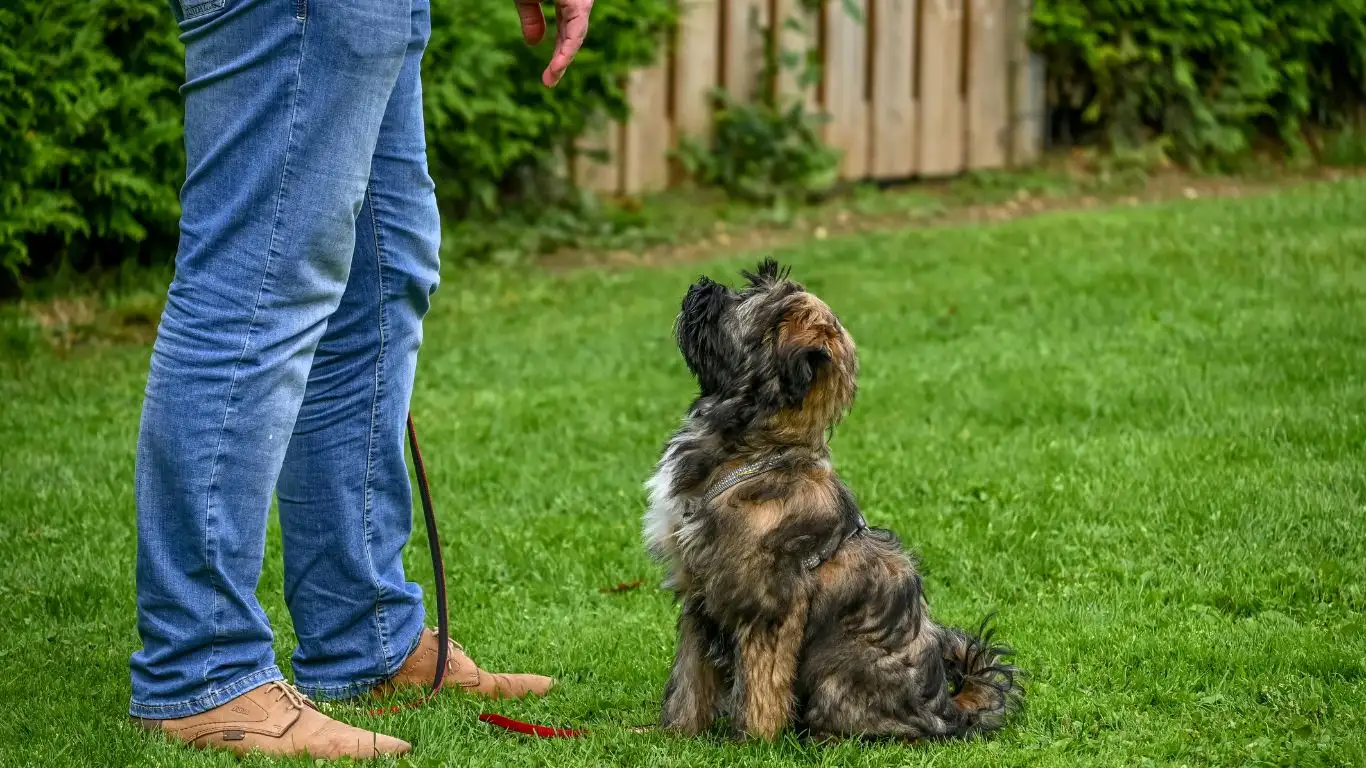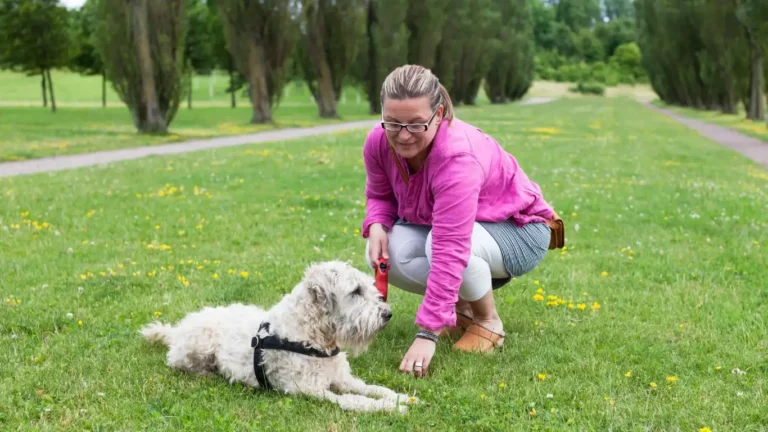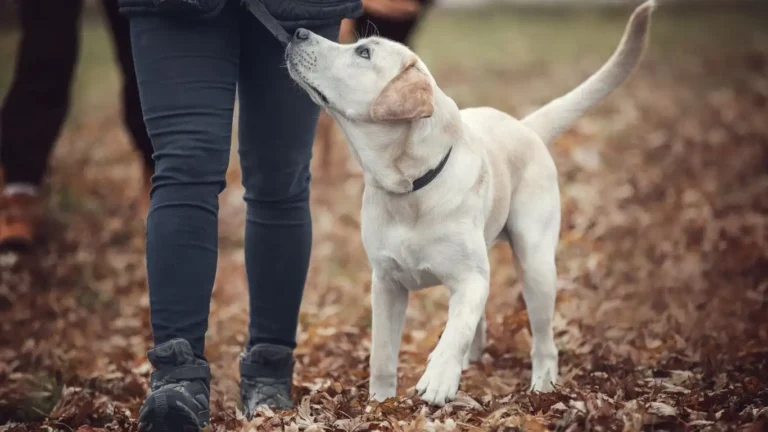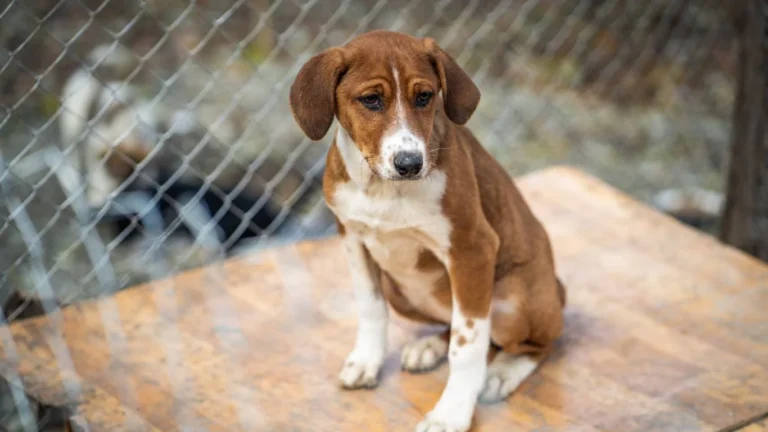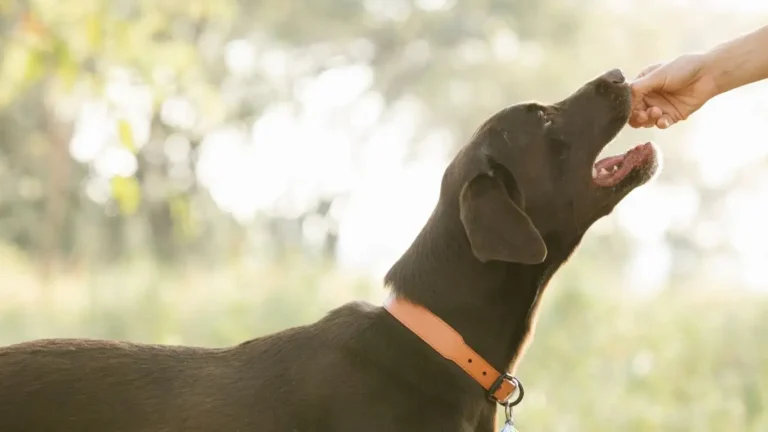How to Train a Dog to Stop Growling at Strangers: Calm & Confident Guide
If you’ve ever found yourself searching for how to train a dog to stop growling at strangers, trust me—you’re not alone. I’ve been there, and as a Canine-Assisted Therapy Trainer, I’ve worked with countless pups who struggle with this exact issue. Growling is a dog’s way of saying, “Hey, I’m uncomfortable,” but that doesn’t mean it should be ignored—especially if you’re working with a dog meant to provide comfort and support to others. I’ve had dogs in training who’ve gone from tense and reactive to calm and confident around strangers, and I’m here to walk you through what that journey can look like. No fluff, just real-world strategies that I’ve personally seen make a difference.
Understanding Why Your Dog Growls at Strangers

Before we get into the training part, let’s unpack what’s really going on when your dog growls at someone they don’t know. Dogs aren’t trying to be “bad”—they’re communicating. It’s actually a good sign that your dog is growling instead of snapping outright. That growl is a warning sign, and it’s our job to figure out what’s triggering it.
Common Reasons Dogs React to Strangers
- Fear or anxiety – This is the big one. Most growling comes from fear. Think of it like a defensive posture.
- Lack of socialization – If a dog didn’t have enough positive exposure to different people during their formative months, unfamiliar folks can be scary.
- Protectiveness – Some dogs think it’s their job to protect you or your home, and strangers are seen as a threat.
- Negative past experiences – If a dog had a bad encounter with a stranger (especially in a previous home or shelter), that memory can shape future reactions.
One of my therapy trainees, a rescue named Milo, had a habit of growling anytime someone new came into the room. Turned out, he’d been through a rough patch before being rehomed. His growling wasn’t aggression—it was fear cloaked in a warning growl. Recognizing that changed everything.
How to Train a Dog to Stop Growling at Strangers
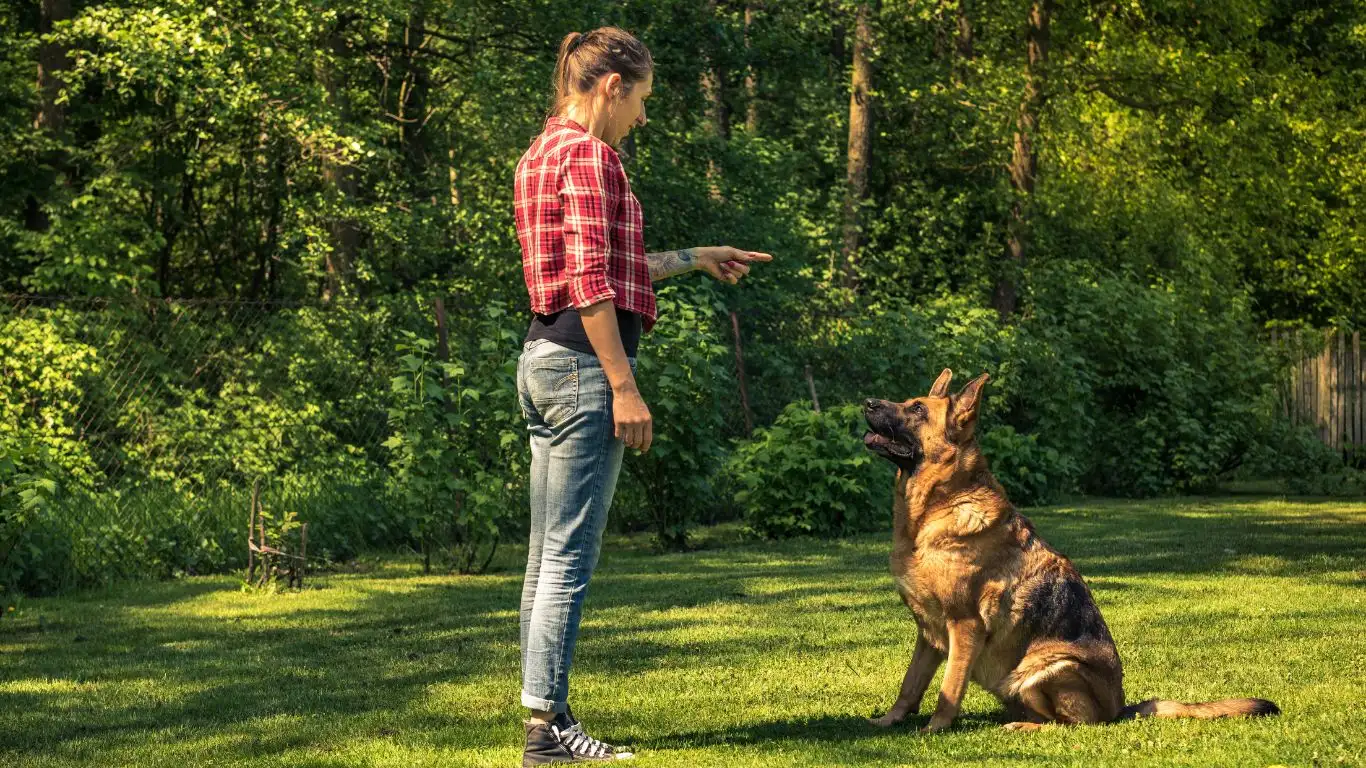
Alright, now let’s get into the juicy part—how to train a dog to stop growling at strangers. There’s no magic switch, but there are structured, compassionate ways to help your dog feel safe and behave more appropriately.
Step 1: Don’t Punish the Growl
This might sound backwards, but never punish a growl. Growling is communication. If you punish it, you’re not addressing the root problem—you’re just teaching your dog to stay quiet… until they skip the warning and go straight to a bite. What we want to do is listen to the growl, understand the why, and respond accordingly.
Step 2: Create Positive Associations
This is where the treats come in. High-value ones—think tiny bits of chicken or cheese, something your dog will do backflips for. You want to rebuild your dog’s perception of strangers from scary to safe.
- Start at a distance. Have a friend or helper your dog doesn’t know stand far enough away that your dog doesn’t growl.
- As soon as your dog notices them and doesn’t react, reward with a treat.
- Gradually decrease the distance over sessions, only moving forward when your dog stays calm.
With Milo, we literally started from across the yard. Over a couple weeks, he was taking treats right from my friend’s hand—with zero growling.
Step 3: Practice the Calm Behavior You Want
Here’s something I’ve learned through years of training: dogs do what they’ve practiced. If they’ve practiced growling at strangers 100 times, it’s a strong habit. But if we flip the script and help them rehearse calm, polite behavior instead? That becomes the new normal.
Use commands like “look at me,” “sit,” or even “touch” (where your dog touches your hand with their nose) to redirect their focus and reward calmness around new people. Make it a game. Make it fun. Keep it short, sweet, and successful.
Step 4: Read Your Dog’s Body Language
Growling doesn’t come out of nowhere. Watch for signs of tension—ears back, stiff posture, whale eyes (when they show the whites of their eyes). These signals are your early warning system, and catching them before the growl gives you time to step in and diffuse the situation.
Step 5: Don’t Rush the Process
I know the temptation. You want your dog to be perfect *now*. Especially when friends or family come over and give you the side-eye for having a growly pup. But healing emotional wounds takes time—and trust me, it’s worth it. Every time Milo greeted someone with a wag instead of a growl, I felt like we’d won the doggie lottery.
Setting the Scene for Success
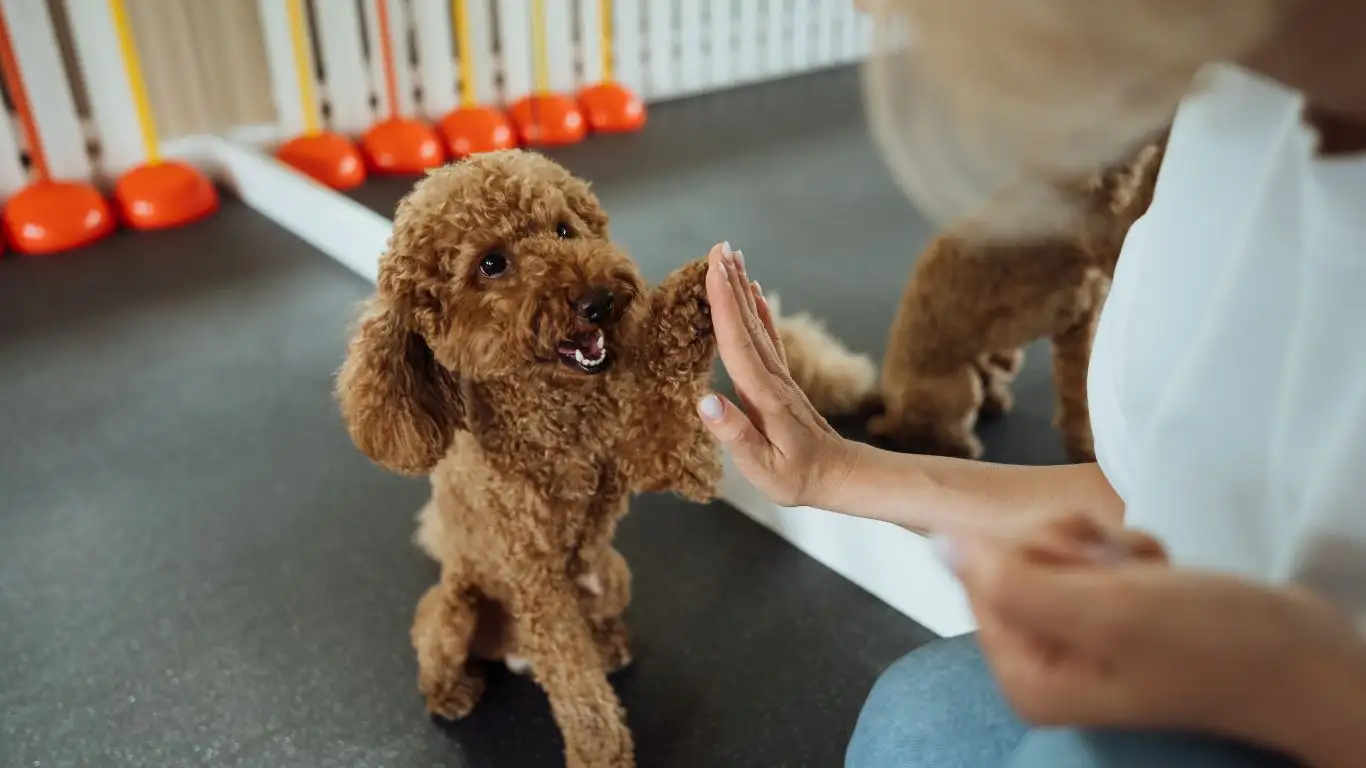
The training doesn’t just happen in the moment—it starts with how you set things up. Here are a few ways to make sure your dog is prepped for success:
- Keep introductions short and sweet. No overwhelming meet-and-greets. Let your dog observe first from a distance.
- Control the environment. Use leashes, baby gates, or even crates if needed to keep everyone safe and calm.
- Teach your guests how to behave around your dog. No direct eye contact, no leaning over, and definitely no quick movements right away.
One time, I had a volunteer who insisted on reaching straight for a therapy dog’s head. Big mistake. The dog backed away and gave a warning growl, which was completely fair. We paused, reset, and coached the person on better greetings. Five minutes later? That same dog was lying at their feet, totally relaxed.
Building Confidence Through Controlled Exposure

Now that your pup’s beginning to feel more comfortable, it’s time to level up a little—but slowly. The name of the game here is controlled exposure. This isn’t about tossing your dog into a crowd and hoping for the best. (Been there, done that… not recommended.) It’s about thoughtfully introducing your dog to new people in a way that sets them up for success.
Introduce Variety in Strangers
This one’s often overlooked. Dogs don’t generalize well, so just because your pup is cool with your tall neighbor in a hoodie doesn’t mean they’ll be cool with your niece in a sundress. I learned this the hard way when one of my therapy dogs, Aspen, reacted to a guy wearing a bulky winter coat—even though she’d been fine with dozens of other people. It was the look, the silhouette, the movement… it was all new.
Try introducing your dog to people of different shapes, sizes, clothing styles, and energy levels. Keep it controlled, low-pressure, and always reward calm behavior. Don’t force interaction—sometimes just hanging out at a distance while your dog gets used to new sights and sounds is powerful on its own.
Practice in Different Environments
Training only at home can give your dog a false sense of confidence. That’s why I recommend gradually taking your practice sessions out into the world—start in quiet spots like a park on a weekday morning, then move toward more populated areas as your dog gains confidence.
Here’s a go-to setup I love:
- Leash up your dog and bring super tasty treats.
- Find a spot with light foot traffic, like a bench near a walking path.
- When a person passes at a distance, mark and reward your dog for noticing but staying calm.
- If your dog tenses up or starts growling, increase distance and try again later. No pressure, no judgment.
Consistency here is key. It’s less about big breakthroughs and more about gentle exposure over time. Aspen? She now joins me on school visits. That bulky coat guy? No big deal anymore.
What to Do When Setbacks Happen
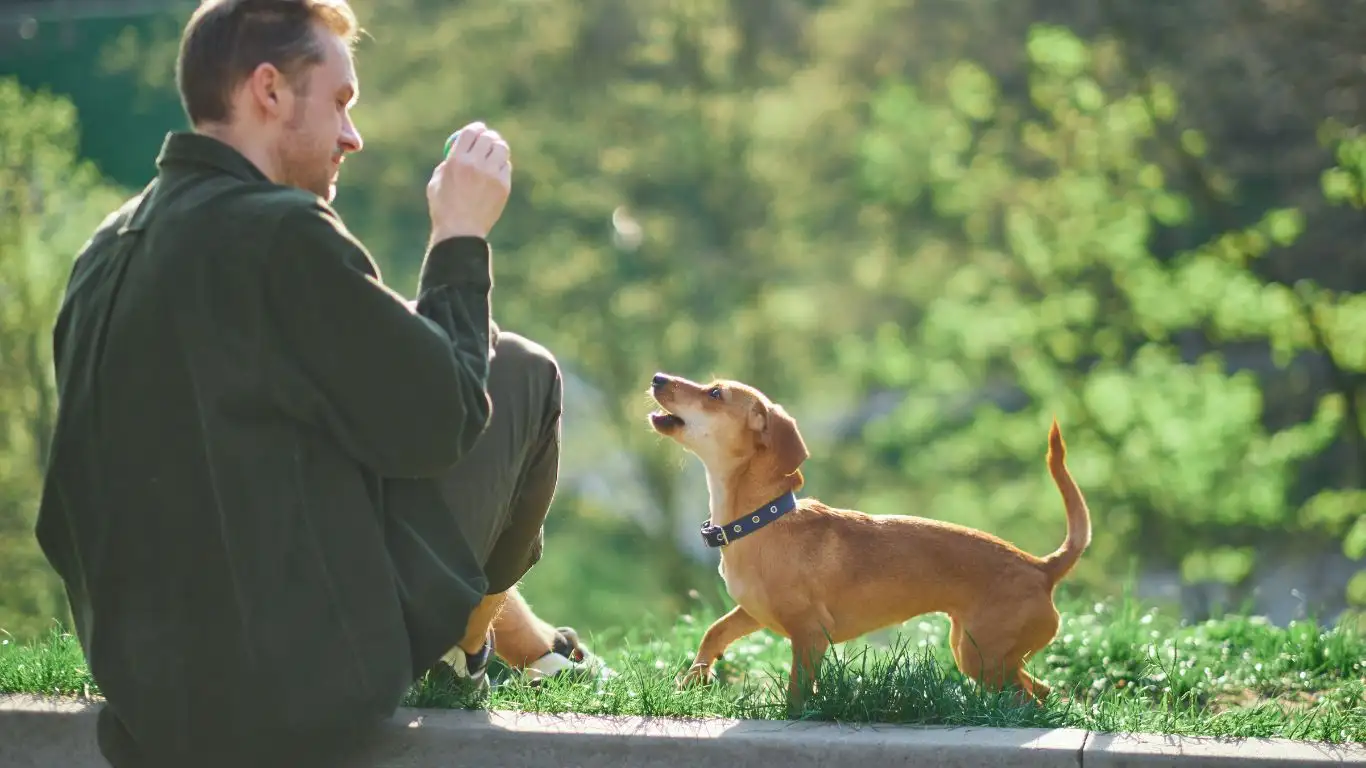
Let’s be real—setbacks happen. I’ve never trained a single dog that didn’t hit a bump in the road at some point. Your dog might have a rough day, growl unexpectedly, or freeze up in a new setting. That doesn’t mean you’ve failed. It just means your dog is still learning, and hey, aren’t we all?
Stay Calm and Reassess
If your dog regresses a bit, take a breath and ask yourself a few questions:
- Was the environment too stimulating?
- Did I move too fast with exposure?
- Was my dog already stressed before the training started?
More often than not, it’s just a matter of dialing it back a notch. Go back to a previous step, increase the distance again, and rebuild. Dogs aren’t robots—they have moods, just like we do.
What NOT to Do
Please, whatever you do, don’t scold or physically correct your dog for growling. I know I’ve said it before, but it bears repeating. This only suppresses the symptom and doesn’t help with the root cause. And if there’s one thing I’ve seen time and again, it’s that suppressed behavior doesn’t equal resolved behavior—it just comes out later in worse ways.
Working with a Professional (And Knowing When to Call One)
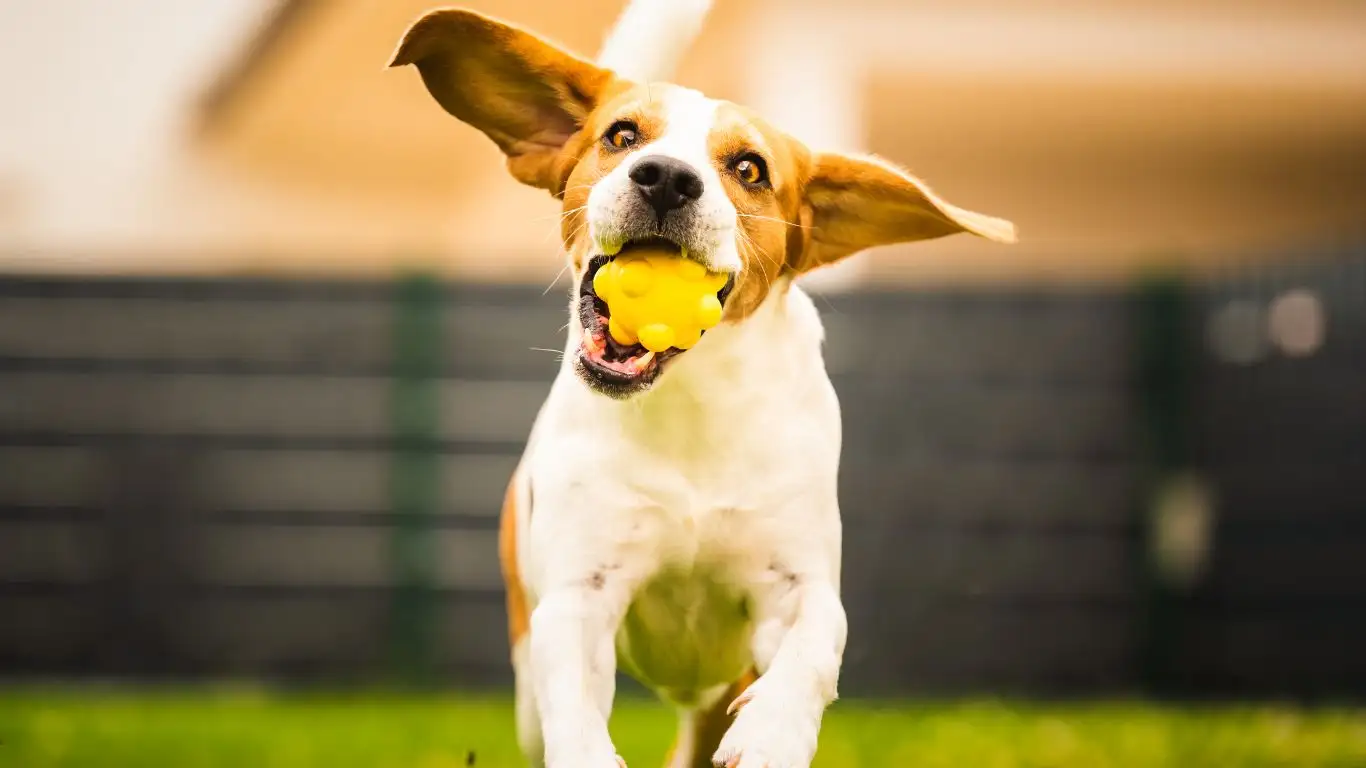
Look, I’m all about empowering dog owners to do the work themselves. That’s why I do what I do. But there are absolutely times when you’ll want to bring in a pro. If your dog’s growling is escalating, turning into snapping or lunging—or if it’s rooted in deep trauma—it’s worth connecting with a certified behaviorist or positive reinforcement trainer.
What to Look for in a Trainer
- Certification from recognized organizations like CPDT-KA, IAABC, or KPA.
- Force-free methods—no shock collars, prong collars, or intimidation tactics.
- Experience with reactivity or fear-based behaviors.
- Clear communication—you should feel heard, respected, and involved every step of the way.
I’ve collaborated with other trainers when needed, especially when working with dogs who’ve experienced abuse or neglect. It’s not about ego—it’s about getting your dog the support they need. That’s the mark of a good trainer: someone who knows their strengths and when to bring in backup.
Incorporating Therapy Dog Mindset into Training
Even if your dog isn’t being trained as a therapy dog, approaching their development with a therapy mindset can do wonders. That means focusing on empathy, calmness, resilience, and trust-building. A therapy dog isn’t just well-behaved—they’re emotionally balanced, socially fluent, and confident in new environments.
When I train therapy candidates, I always stress that it’s not just about sitting on cue or walking nicely on a leash. It’s about the dog feeling safe and secure, even when things get unpredictable. That same foundation is exactly what helps dogs stop reacting to strangers with fear and tension.
If your dog learns that strangers aren’t scary, that their person always has their back, and that calm behavior gets them rewards and praise? You’re building the kind of emotional muscle that lasts a lifetime.
Helping Your Dog Generalize Calm Behavior

Alright—so your dog is starting to chill around strangers in familiar places. That’s a huge win. But there’s one more piece to the puzzle that tends to trip people up: generalization. Just because your dog behaves well in your living room doesn’t mean they’ll do the same at the vet’s office, or out on a busy patio. That’s where the final phase of training comes in—helping your dog apply what they’ve learned in different environments.
Why Generalization Matters
Dogs are super contextual learners. It’s why your pup might sit perfectly at home but act like they’ve never heard the word outside. That’s not stubbornness—it’s just how their brains are wired. So, our job is to slowly, gently teach them that “calm around strangers” is the expectation everywhere.
How to Practice
- Change locations frequently—practice at parks, parking lots, trails, pet-friendly stores.
- Keep sessions short and positive—success is better than long, stressful outings.
- Use the same cues and rewards as you do at home to create continuity.
- Bring a calm friend or two along—having a human “decoy” can help with controlled exposures.
I remember working with a Goldendoodle named Murphy—adorable, sweet, but super uneasy in new places. We trained in over a dozen different spots before he finally settled into that “wherever we go, I’ve got this” mindset. And you know what? He passed his therapy evaluation six months later. Pure magic, but built on consistent, real-world practice.
Maintaining Progress Over Time
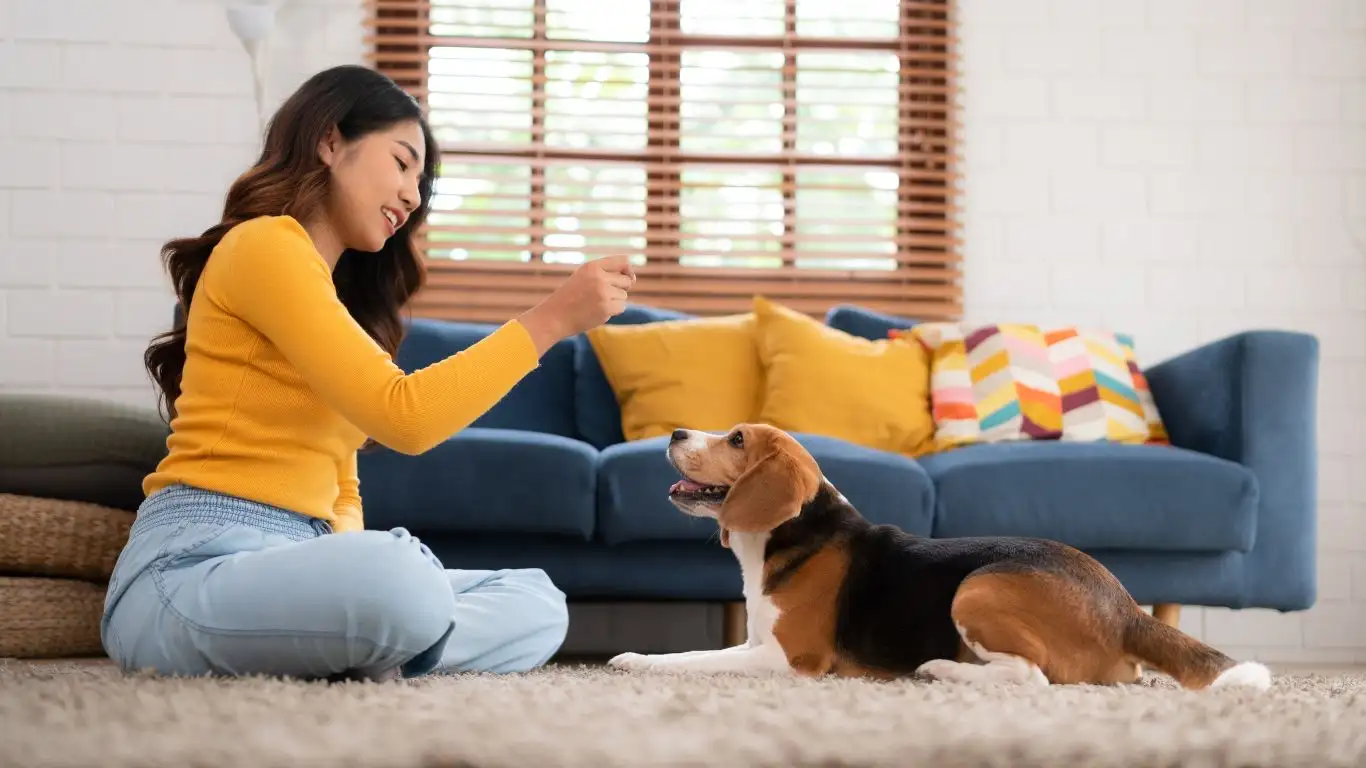
Here’s something most folks don’t talk about: maintenance matters just as much as the initial training. You don’t just fix the growling and then never revisit it again. Behaviors fade when we stop reinforcing them—especially ones tied to emotion like fear or insecurity.
Simple Ways to Keep Reinforcing Calm Behavior
- Do mini refreshers weekly—just five minutes of focus around strangers.
- Keep using positive reinforcement—yes, even after your dog “knows it.”
- Stay observant. If your dog shows signs of backsliding, go back a step and rebuild.
- Make it part of your routine—greeting calm strangers on walks, hanging out at dog-friendly cafes, etc.
With my own dogs (and even my retired therapy partners), we still do occasional “stranger drills.” It keeps them sharp and confident, and honestly, they love the attention and treats. It becomes less about correction and more about connection.
Encouraging Friends and Family to Respect the Process
One of the trickier parts of all this is navigating the humans in your dog’s life. Not everyone will understand why you’re asking them not to pet your dog or why you’re creating space during a greeting. But here’s the thing—you’re your dog’s advocate. And their emotional safety comes first.
How to Set Boundaries Kindly but Firmly
- “He’s still in training, and we’re working on polite greetings—thank you for giving him space.”
- “We’re focusing on calm behavior right now, so I’m asking folks not to approach—thanks for understanding.”
- Use a leash wrap or vest that says ‘In Training’ to set expectations visually.
I’ve had to give the “training speech” more times than I can count. Most people are respectful when you explain, and if they’re not? That’s on them—not you. I once had to redirect a very eager child who wanted to hug a nervous dog. With the right words and a quick distraction (bless the bubble machine I keep in my car), we avoided a stressful moment for everyone.
Celebrating Progress—No Matter How Small
It’s easy to get caught up in the big picture and forget the tiny victories. But trust me—every step forward is worth celebrating. That first time your dog looks at a stranger and then looks back at you for a treat? That’s a huge win. That first non-growly greeting? Amazing. These are the moments that matter.
When you measure success not by perfection, but by progress, training becomes something joyful. Something shared. Something that actually brings you closer to your dog, not just “fixes” them. And that, my friend, is the heart of good training.
References
- ASPCA
- Positively (Victoria Stilwell)
- Fear Free Pets
- CCPDT – Certification Council for Professional Dog Trainers
Disclaimer
This article is for educational purposes only and does not replace professional training or behavioral evaluation. If your dog is showing signs of severe aggression or unpredictable behavior, consult a certified trainer or veterinary behaviorist.
